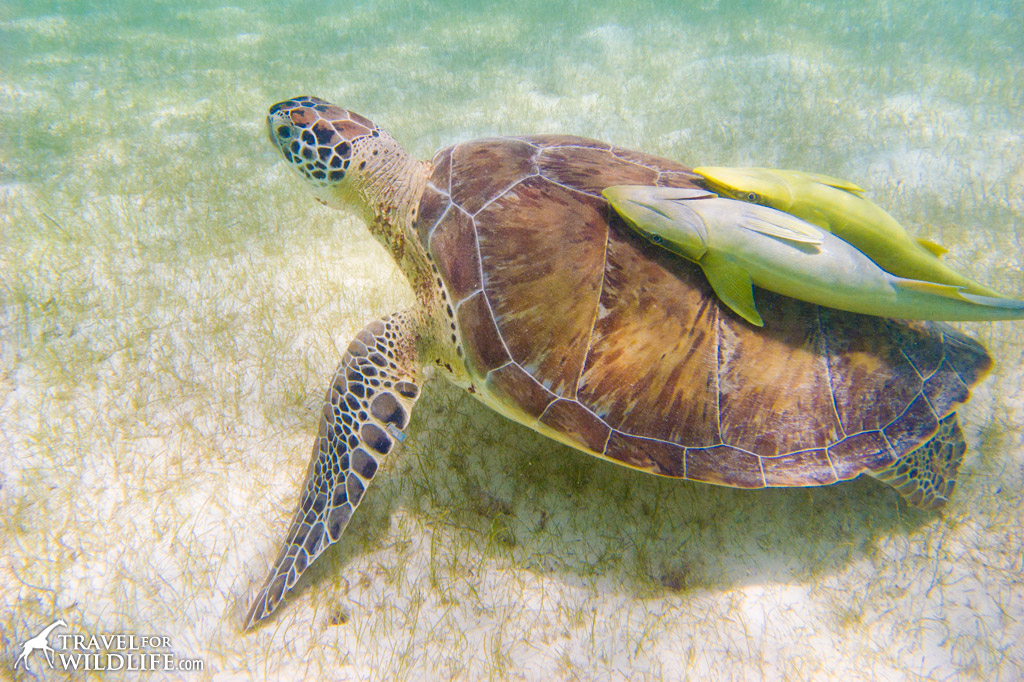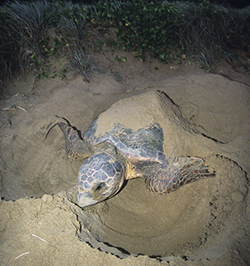
However, as a part of the design process, effectiveness of different types of stimuli must be analyzed by observing the associated behavioral response of sea turtles, which has not been clearly documented in previous studies. These bycatch reduction approaches can involve changing the technical design of gear or introducing novel visual or acoustic stimuli, which also changes gear configuration.

Attempted solutions include: marine policy that sets bycatch limits for fisheries ( Moore et al., 2009) acoustic deterrents similar to pingers used to prevent dolphin bycatch buoyless nets and illuminated nets, which have shown promising results for reducing bycatch in coastal net fisheries ( Wang et al., 2010 Peckham et al., 2016). Various approaches have been proposed to reduce bycatch rates of sea turtles and other marine megafauna ( Wang et al., 2010 Lucchetti et al., 2019 Demir et al., 2020). One such gear, gillnets, can create an ecological barrier that does not naturally occur, so there is likely no evolutionary mechanism that causes avoidance ( Casale, 2011).

Fisheries bycatch poses a threat to air-breathing animals such as sea turtles. Incidental capture of non-target animal species, termed bycatch, in fisheries is a global ecological threat to marine wildlife ( Estes et al., 2011). This method is intended to be a tool for discovering why sea turtles become entangled in gillnet fishing gear. These spatiotemporal feature images are used along a deep convolutional neural network model to recognize the desired behaviors, specifically evasive behaviors which we have labeled “reversal” and “U-turn.” Experimental results show that the proposed method achieves an average F1 score of 85% in recognizing the target behavior patterns. Then, these features are combined in a color-coded feature image that represents the turtle behaviors occurring in a limited time frame. The proposed method utilizes visual object tracking and orientation estimation tasks to extract important features that are used for recognizing behaviors of interest with green turtles ( Chelonia mydas) as the study subject. In this study, we present a machine learning-based sea turtle behavior recognition scheme. However, recording and analyzing these behaviors is difficult and time intensive. This information can also be used to reduce fisheries interactions. Understanding sea turtle behavior in relation to fishing gear is key to discovering how they become entangled or entrapped in gear. Despite this, interactions between sea turtles and fishing gear-from a behavior standpoint-are not sufficiently documented or described in the literature. Interactions with fishing gear can cause mortality in air-breathing marine megafauna, including sea turtles. Incidental capture, or bycatch, of marine species is a global conservation concern.

2Department of Electrical, Computer and Energy Engineering, Arizona State University, Tempe, AZ, United States.1School of Life Sciences, Arizona State University, Tempe, AZ, United States.

Bresette 3, Jennifer Blain Christen 2, Jesse F.


 0 kommentar(er)
0 kommentar(er)
